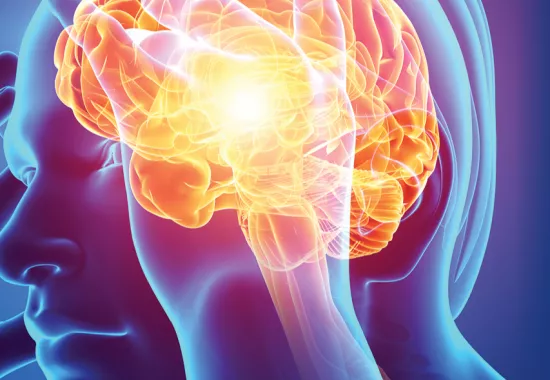An impressive group of emerging leaders addressed the Kolling’s Neuroscience and Pain Showcase, sharing details of their diverse and exciting research projects.
With a broad range of expertise in this field, the showcase involved representatives from the pain management and rehabilitations teams, as well as the ageing, mental health, neurogenetics and neuromuscular imaging groups.
The early and mid-career researchers discussed their latest progress across the scientific spectrum from their ground-breaking discovery projects through to their potentially life-changing translation and implementation work.
Co-chair of the Neuroscience and Pain Priority Research Area and pain specialist Professor Paul Glare said there is a tremendous need for new approaches and models of care with an escalating number of people living with conditions impacting the mind, brain and nervous system.
“We have a large number of researchers making important inroads in this field, and it was encouraging to learn more about their innovative work from an award-winning program to help injured workers get back to work faster to new treatments for Parkinson’s disease,” he said.
“With the return-to-work initiative, we learnt extra support for injured workers saw them return to the workplace in half the time of those who didn’t receive the extra care. This is a good example of high quality research significantly improving health outcomes for our community.
“Our researchers are leading a host of valuable projects, including a pilot intervention to reduce the inappropriate use of multiple medications in older in-patients. This program is optimising medication use, while minimising risks to a patients’ physical and cognitive function.”
Researchers at the showcase also shared details of their work broadening our understanding of the debilitating Ehlers-Danlos Syndrome, as well as conditions characterised by irritability like depression and anxiety.
We also learnt more about the role of autonomic function in injury recovery, and how it can delay a return to health.
